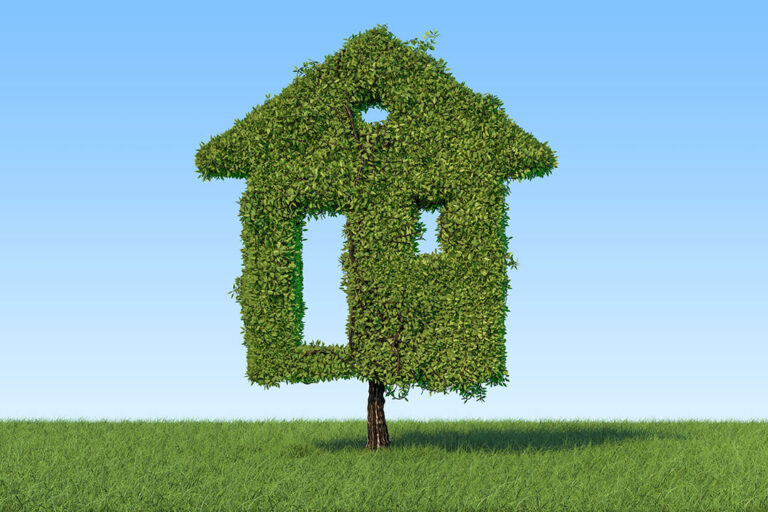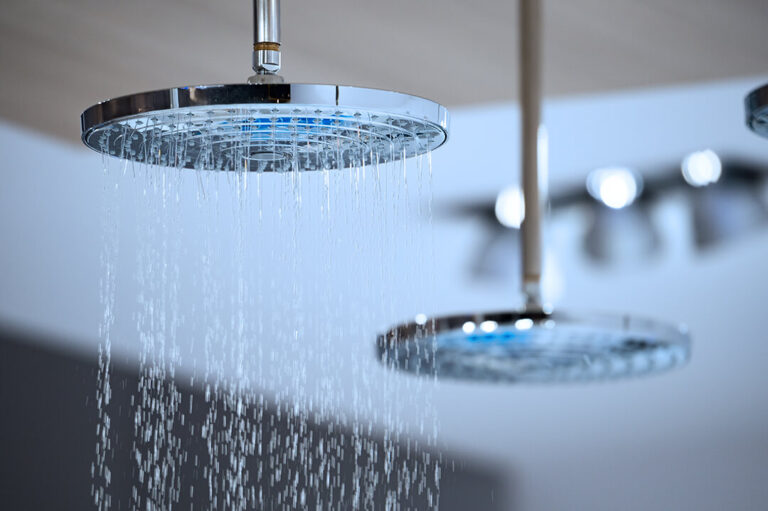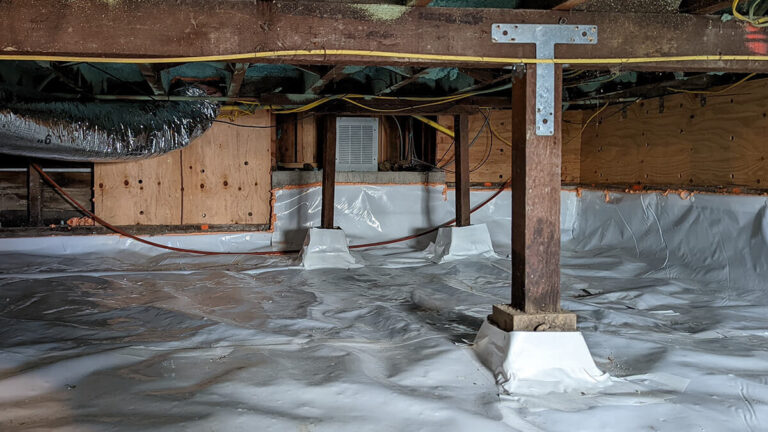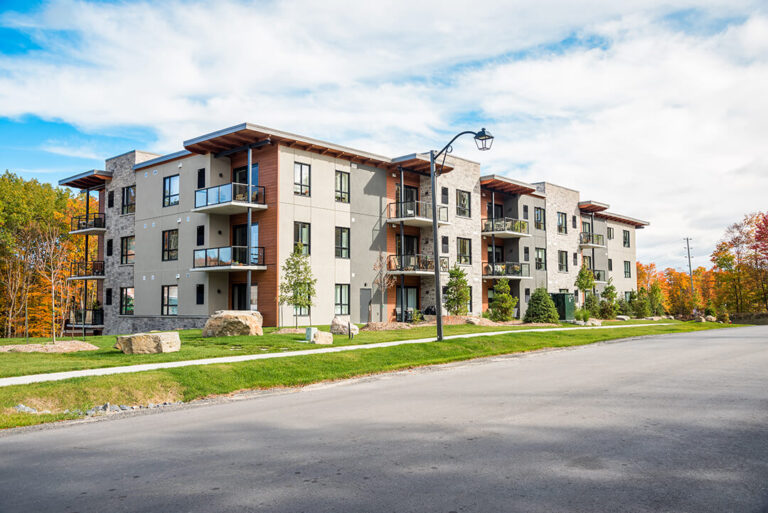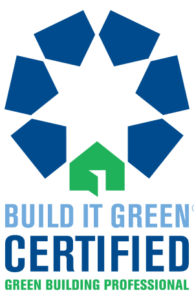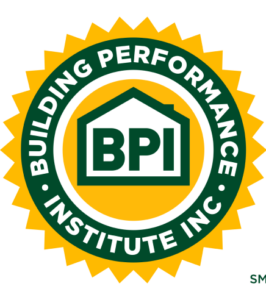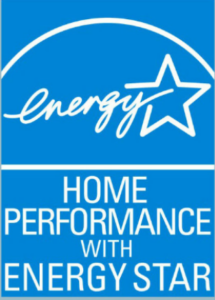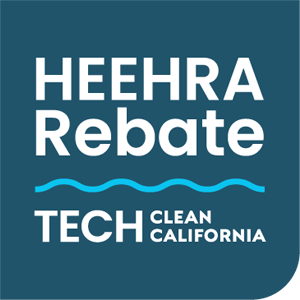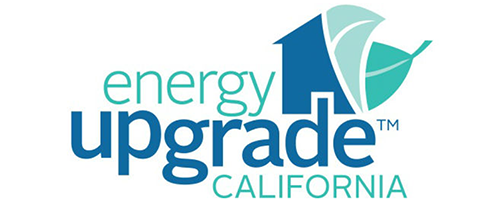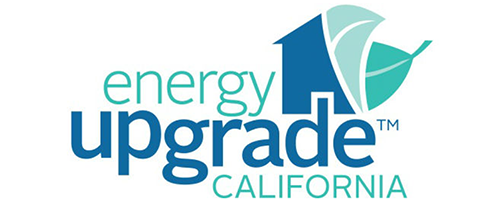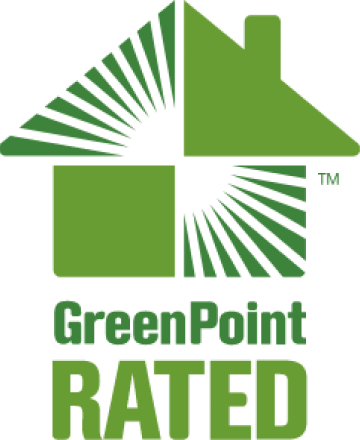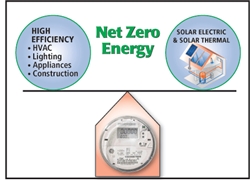
ZNE stands for Zero Net Energy
This refers to a home that (a) has solar power (or another significant renewable source of energy), and (b) is so efficiently designed, sealed, and insulated, that it produces as much power as it uses. Yes, a ZNE home has no energy bill. You may have never heard of a ZNE home, because they are quite rare. It takes a particular combination of skills, knowledge, certifications, and equipment, to get the job done. But it is finally becoming a mainstream idea, with the rising demand for energy efficiency. Eco Performance Builders is building a ZNE home in Oakland, CA.
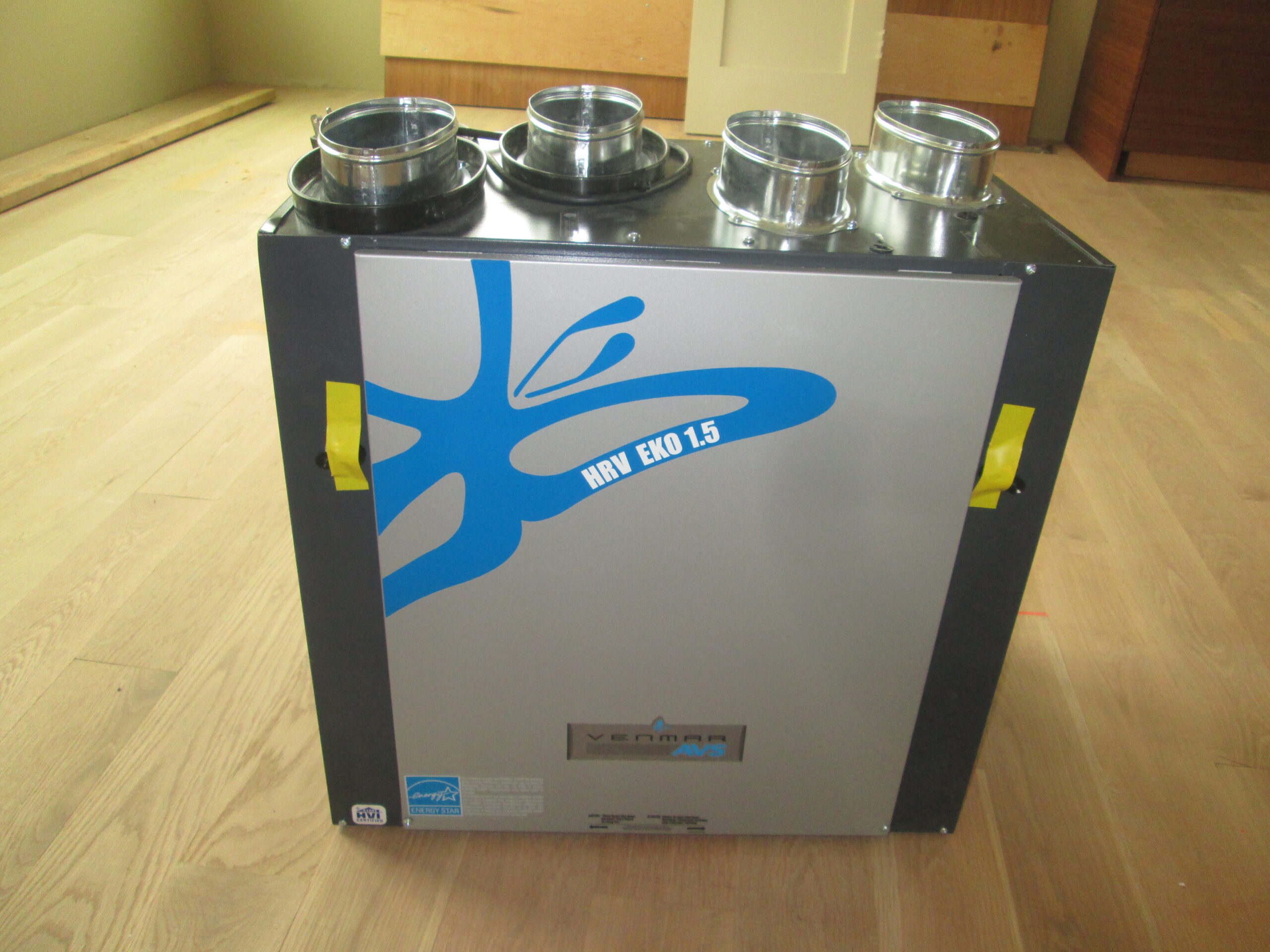
ZNE standards vs. general standards comparison
1) The average California home (a state that is considered a leader in energy efficient homes) has 30% duct leakage. A ZNE home generally aims to have well under 1%, practically 0%.
2) Average building leakage is harder to pin down, but most sealed building spaces will have somewhere between 0.50 and 1.5 air changes per hour. A ZNE home should aim to be significantly below 0.35 air changes/hour. Once it’s sealed past a certain point, the home is supplemented with an automatic continuously run ventilation system (separate from the hvac and duct system). This way, the house gets a continuous filtered fresh air supply balanced with a continuous exhaust system. The incoming cold fresh air can be pre-heated by the outgoing warm, stale our in a system called a Heat Recovery Ventilation system (HRV). Read about the variety of ventilation systems here.
3) Attic insulation should exceed the standard target value of R-38. Attic insulation can achieve very high R-values given enough attic space, and is very cost-effective, so it should always be stacked in a ZNE home.
4) Walls in a ZNE home are often designed with 2×6 framing, instead of the standard 2×4. This extra space allows for more insulation, and when combined with high quality materials (such as damp blown-in cellulose) and careful installation, can achieve values between R-20 and R-25, over the standard R-13 (which is already considered fairly high). Also, the wall stud spacing is 24″ on center as opposed to the common 16″ on center. This means less % of the wall is wood framing (not a good insulator) and a higher % of it is an insulated stud bay.
5) Ideally, a ZNE home should not use gas, and should use an electric heat pump for its heating/cooling needs. A heat pump is a high efficiency all electric alternative to the standard furnace + air conditioner HVAC system. Check out The Heat Pump Alternative for more info. This is not to say that one needs to cut all gas use on the path to becoming ZNE. A home that still uses natural gas can still be “Effectively ZNE” in that the sum of energy produced by the solar PV system offsets the sum total of the energy (gas and electric energy converted to BTUs of energy) consumed by the house.
6) A ZNE home should also use high efficiency appliances (at least Energy Star rated).
The best way to achieve ZNE is with a whole-house approach
Of course, the definition of a ZNE home does not require that all these above numbers are achieved. It is sometimes still possible to have a ZNE home just by putting a giant solar panel on the roof and ignoring improvements to the efficiency of the home. Suffice to say, this is not the recommended way to go about becoming ZNE. This does nothing for the comfort, durability and air quality of the home itself and is a backwards approach.
As described in the previous section, you can even retrofit a home and continue using gas, as long as you produce a surplus of electricity equivalent to the gas used. As long as the solution to going ZNE isn’t to put an immense solar panel on the roof while ignoring the performance of the home, it is an admirable goal and an achievement to be proud of.
Again, we at EPB want to emphasize that the first step should always be making the home efficient, in both retrofits and new construction. We start with the most cost-effective upgrades, and we get the home to a point where it can become worth it to install an appropriately sized solar system. It is always better to waste less, than to produce more.
Why? Because of the long term. Solar systems are not only costly to produce, they also endure quite a bit of wear and tear. This is not to say that solar is a bad investment- only that, to get the most out of it, it should be paired up home performance upgrades. Making your home work less hard to maintain comfort levels is the key to longevity. A properly sized hvac system, that runs smoothly and consistently, will outlive an oversized, poorly engineered system that clumsily cycles on and off (sadly, yes, this is often the case).
The crazy part is, it’s really not that much more difficult, or that much more expensive, to make a home efficient when the home is being built. There simply wasn’t enough demand, or accountability, in recent decades. But things are starting to change and ZNE homes are happening! Check out our new ZNE home in Oakland, CA.
If you’re interested in going ZNE, having an energy retrofit performed or simply want to start with a few cost-effective upgrades, call (925) 363-4498 or e-mail info@epbuilders.com to speak to a technician, or schedule an energy audit.



